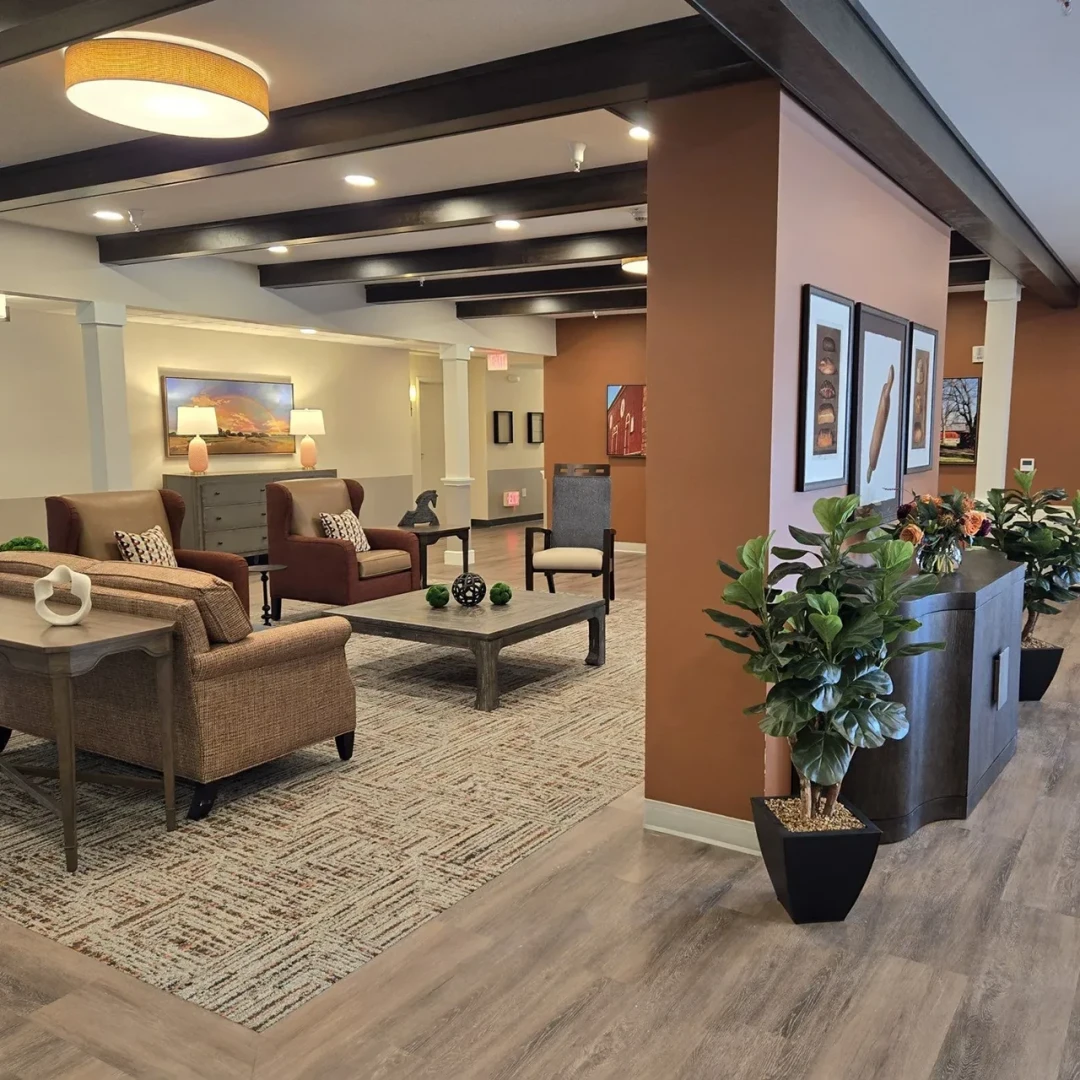Pedal While You Chat: Why Mini-Exercycles Are a Win
Published on September 15, 2025
Mini exercycles help older adults build strength and stay active—without needing to stand, balance, or even stop watching their favorite show.
Alice didn’t ask for the pedal machine. It showed up one morning with a polite staff member and an awkward explanation.
“We thought you might like this,” they said, as if it were a gift. It looked like something from a physical therapy closet — two pedals, a frame, no seat, no wheels. The kind of thing you try once and quietly shove under the bed.
But she gave it a go. Ten slow turns while watching the news. A few more the next morning. Then, without really meaning to, it became part of her routine. Now the little machine lives under her chair, just left of the side table. She uses it most days — not for exercise, exactly, but to keep moving. To stay in rhythm.
That’s the beauty of it. The machine doesn’t ask much. And what it gives back is subtle, but real.
You don’t need a gym. You don’t need supervision, balance, or a pair of sneakers. You sit down, place your feet on the pedals, and move.
It isn’t cardio. No one’s breaking a sweat. But your legs are working, your blood’s moving, and your muscles are remembering what they’re there for. If you do it long enough, the elevator ride feels easier. The hallway is less daunting.
Some people pedal during phone calls. Others during Jeopardy. A few put on music and fall into a kind of quiet groove — not trying to accomplish anything, just moving for the sake of it.
And when you stop, you feel it. Not like a workout, but like a gentle nudge: I’m still here. My body still knows how to do this.
One woman in assisted living began using a mini-bike after undergoing hip surgery. The physical therapy ended, but she didn’t want to lose the progress. So she brought the bike into her apartment. A few months later, she said it’s what kept her steady on her feet — not strong, exactly, but steady. There’s a difference. And she liked that she didn’t have to wait for someone else to help her use it.
Another man, in memory care, found comfort in the motion. No one told him to pedal. They just set it in front of him, and he started. Something about the repetition — the quiet back-and-forth — seemed to calm him. Staff noticed he slept better those nights.
Then some residents don’t think of it as therapy at all. They like having something to do with their legs. Something automatic. Something private.
You can use your hands, too, if you want. Set the pedals on a table and rotate them with your arms. It’s not glamorous, but it keeps the shoulders loose, the wrists moving. People with arthritis have said it helps them feel a little more capable — not every day, but often enough.
And you don’t need to call it exercise. In fact, it’s probably better if you don’t. Call it motion. Call it a habit. Call it something to do while you sip coffee or wait for the mail.
The point isn’t how hard you go. It’s that you go at all.
There’s no transformation story here. No before-and-after pictures. Just small, repeatable movement. Quiet effort. A way to stay connected to your own body without fanfare.
And in a place where routines can sometimes become too still, that matters.
You don’t need to join a class or make a resolution. You just need to pedal for a minute. Maybe two. Maybe five.
Then you rest.
Then you do it again tomorrow.

We're excited to share more about our community.
Submit the form and we’ll get in touch shortly.
The Residence at Village Greens
4400 Haines St.
Sinking Spring, PA 19608
484-709-2561